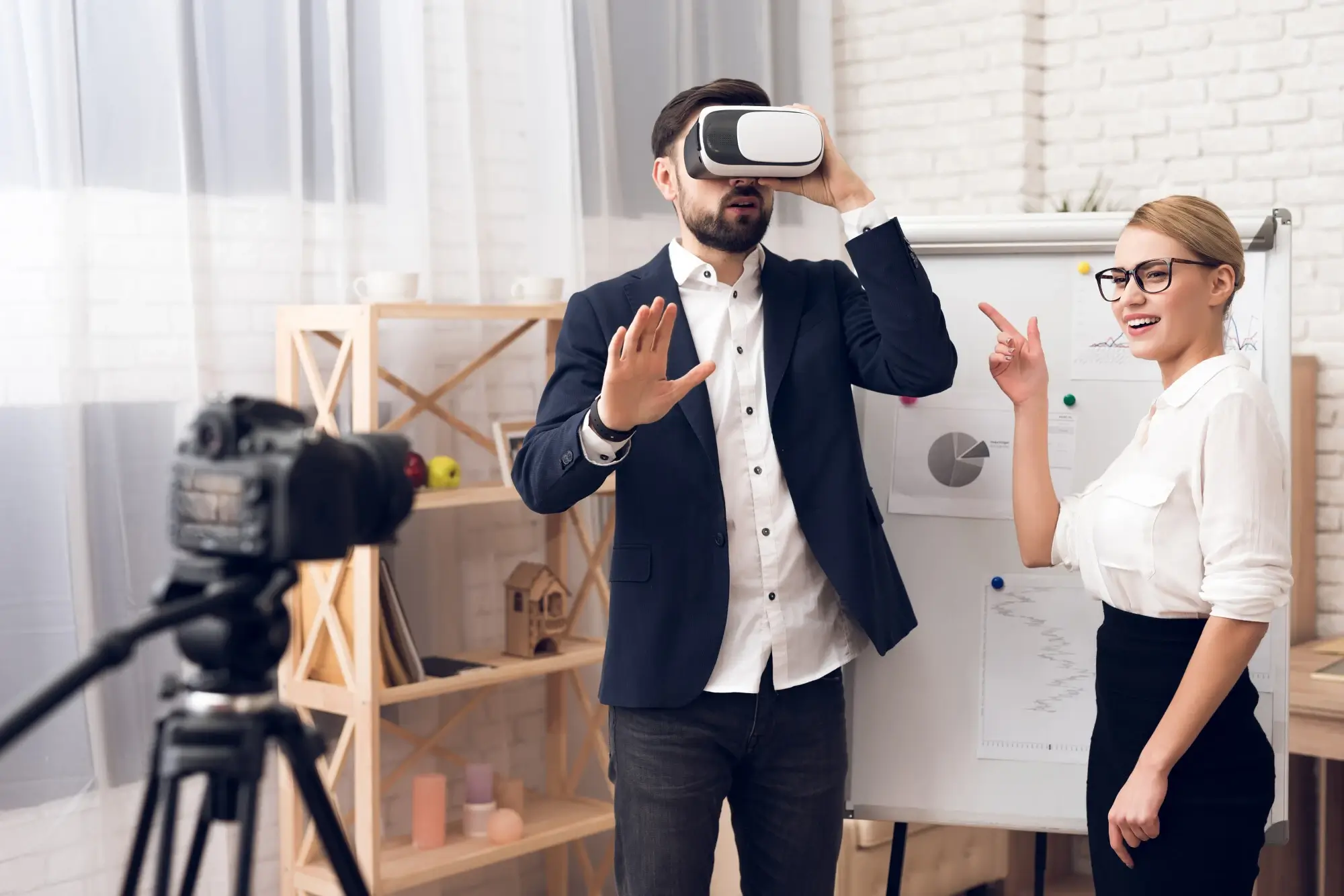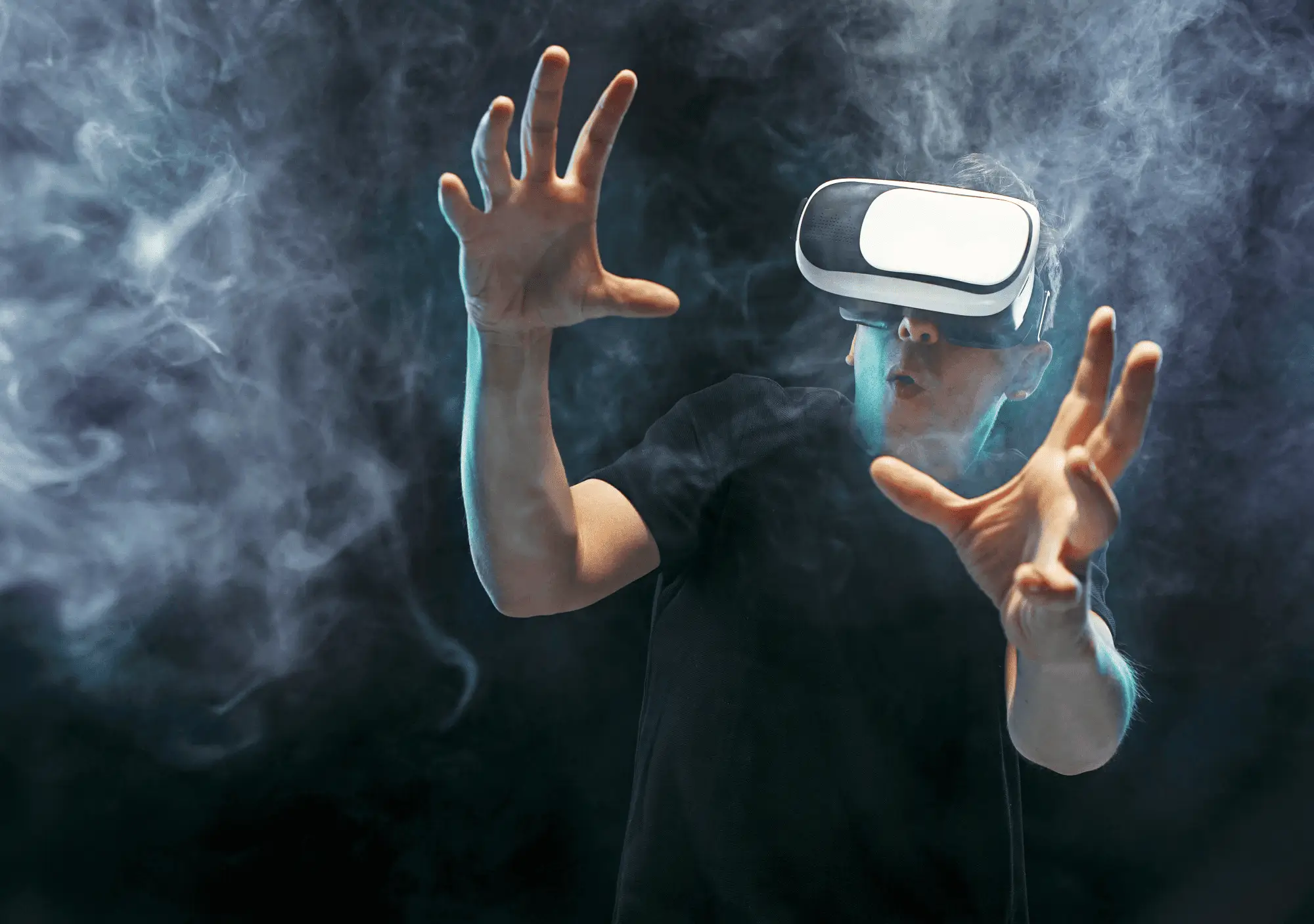The medical field is one of the most demanding professions, requiring precision, skill, and a deep understanding of human anatomy and physiology. As technology continues to evolve, Virtual Reality (VR) is emerging as a game-changer in medical training, offering unprecedented opportunities for immersive, hands-on learning. This blog explores why VR is poised to be the next big thing in medical training and how it’s set to revolutionize the way healthcare professionals are educated.
Immersive Learning Environments
One of the most significant advantages of VR in medical training is the creation of immersive learning environments. Unlike traditional methods that rely heavily on textbooks, lectures, and limited practical experience, VR allows students to step into a fully simulated world. They can explore complex anatomy, practice surgical procedures, and even diagnose and treat virtual patients in a risk-free environment.
This level of immersion helps students better understand the intricacies of the human body and medical procedures. It also enhances retention and comprehension, as students can visualize and interact with what they are learning, rather than just reading about it or watching a demonstration.
Risk-Free Practice
Medical training traditionally involves practicing on cadavers or mannequins, which, while valuable, have limitations. VR overcomes these limitations by providing a safe and controlled environment where students can practice as many times as needed without the risk of harming a real patient.
For example, a student learning to perform a complex surgery can make mistakes and learn from them in the virtual environment. This ability to practice and refine techniques in a safe setting builds confidence and competence, which are crucial when transitioning to real-life scenarios.
Realistic Simulations
The realism of VR simulations is another key factor driving its adoption in medical training. Advances in graphics and haptic feedback technologies have made it possible to create incredibly lifelike scenarios. Students can feel the resistance of tissue during a surgical procedure or the pressure of a pulse, adding a tactile dimension to their learning experience.
These realistic simulations are invaluable for training in procedures that require fine motor skills and precision, such as suturing, endoscopy, or even robotic surgery. The ability to repeatedly practice these skills in a realistic setting ensures that students are well-prepared for real-world applications.
Personalized Learning
VR also offers the ability to personalize medical training to each student’s needs. AI-driven analytics within VR platforms can track a student’s performance, identifying areas where they excel and where they need more practice. Based on this data, the VR environment can adapt to provide targeted exercises, ensuring that each student receives the individualized training they need.
This personalized approach not only accelerates learning but also helps students develop the specific skills required for their chosen specialty, whether it’s surgery, emergency medicine, or diagnostics.
One of the most exciting prospects of VR in medical training is its potential to make high-quality education accessible to students around the world. With VR, geographical and financial barriers can be significantly reduced. Students in remote or underserved areas can access the same training as those in top-tier medical schools, leveling the playing field and helping to address global shortages of healthcare professionals.
As VR technology becomes more affordable and widespread, its impact on global medical education will only grow, democratizing access to critical training resources.
Future-Proofing Medical Education
As medical knowledge and technologies continue to advance, so too must the methods of training the next generation of healthcare professionals. VR is uniquely positioned to evolve alongside these advancements, offering scalable, up-to-date training solutions that can be quickly adapted to new medical procedures, tools, and discoveries.
For institutions and educators, investing in VR today is not just about enhancing current training methods—it’s about future-proofing education to keep pace with the rapid developments in healthcare.
Conclusion
Virtual Reality is more than just a technological novelty; it is a transformative tool that is redefining the future of medical training. By offering immersive, risk-free, and personalized learning experiences, VR is preparing healthcare professionals to meet the challenges of modern medicine with confidence and competence. As we look ahead, it’s clear that VR is not just the next big thing—it’s the future of medical education.

